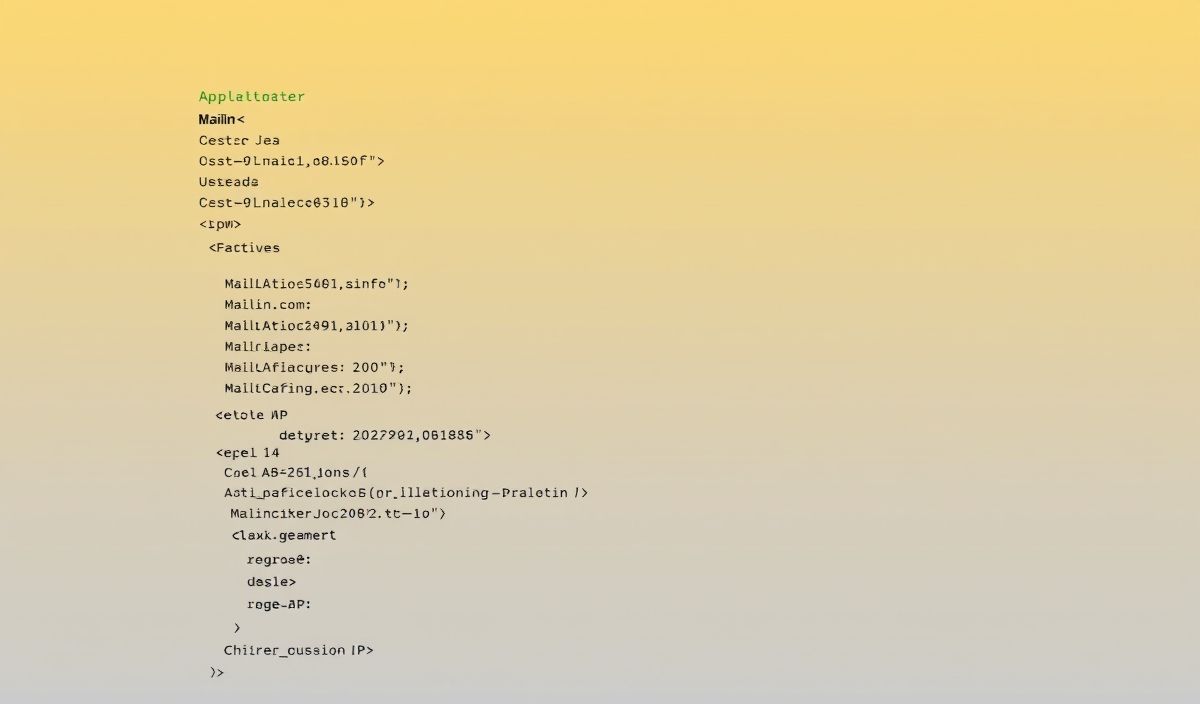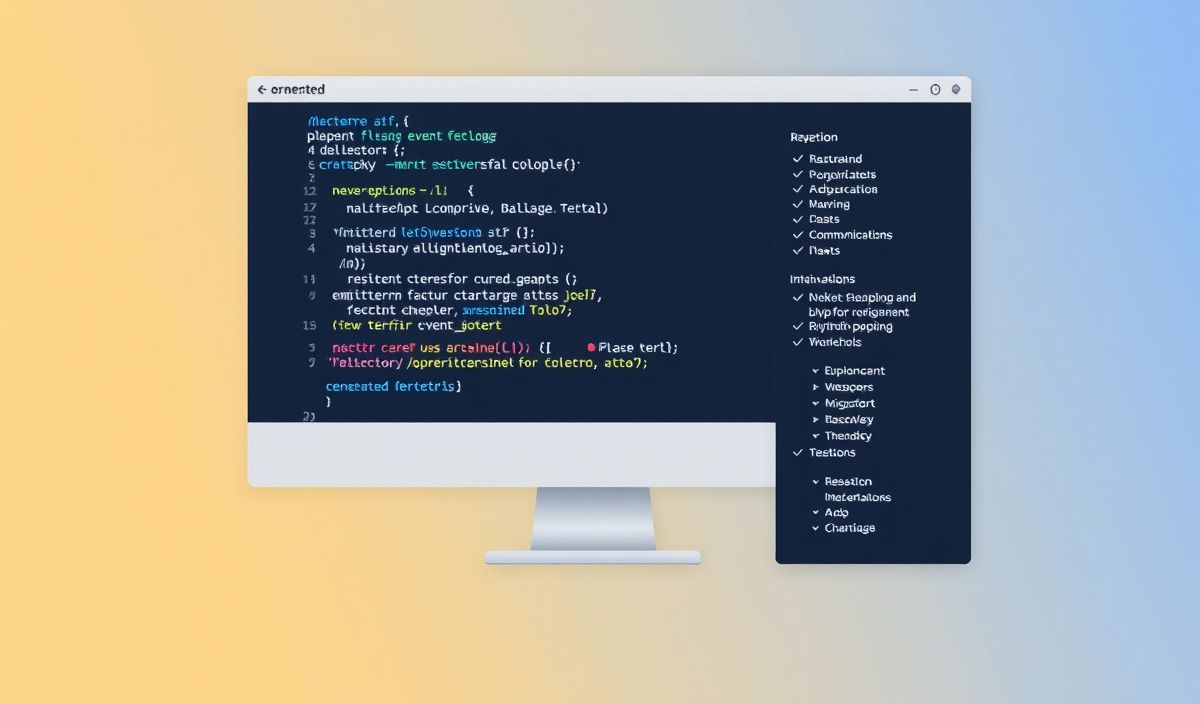Introduction to OData Server
OData (Open Data Protocol) is a standard protocol for building and consuming RESTful APIs. It enables organizations to focus on building data models and relationships, handling data retrieval, and updates in a more effective and simplified manner.
OData Server simplifies the process of creating APIs for different applications. In this comprehensive guide, we will explore the basics and dive deeper into useful OData server APIs with practical code snippets.
Getting Started with OData Server
The first step in using OData is setting up the OData server. Below is an example of how to create a simple OData server using express-odata.
const express = require('express');
const ODataServer = require('express-odata');
const app = express();
const odataServer = new ODataServer();
odataServer.entity('Products', {
data: [
{ id: 1, name: 'Product 1', price: 100 },
{ id: 2, name: 'Product 2', price: 200 }
]
});
app.use('/odata', odataServer.handle());
app.listen(3000, () => {
console.log('OData server started on port 3000');
});
OData API Examples
1. Fetching Data
To fetch all products, you can send a GET request to /odata/Products:
fetch('/odata/Products')
.then(response => response.json())
.then(data => console.log(data));
2. Adding Data
For adding new products, send a POST request to /odata/Products:
fetch('/odata/Products', {
method: 'POST',
headers: { 'Content-Type': 'application/json' },
body: JSON.stringify({ id: 3, name: 'Product 3', price: 300 })
})
.then(response => response.json())
.then(data => console.log(data));
3. Updating Data
To update an existing product, use PATCH request to /odata/Products(1):
fetch('/odata/Products(1)', {
method: 'PATCH',
headers: { 'Content-Type': 'application/json' },
body: JSON.stringify({ price: 150 })
})
.then(response => response.json())
.then(data => console.log(data));
4. Deleting Data
To delete a product, send a DELETE request to /odata/Products(1):
fetch('/odata/Products(1)', {
method: 'DELETE'
})
.then(response => {
if (response.ok) console.log('Product deleted');
});
Example App Using OData APIs
Let’s build a simple web application where users can view, add, update, and delete products using the OData APIs we discussed.
HTML
<!DOCTYPE html>
<html>
<head>
<title>Product Management</title>
<script src="https://code.jquery.com/jquery-3.6.0.min.js"></script>
</head>
<body>
<h1>Product Management</h1>
<button id="fetchProducts">Fetch Products</button>
<button id="addProduct">Add Product</button>
<button id="updateProduct">Update Product</button>
<button id="deleteProduct">Delete Product</button>
<pre id="output"></pre>
<script>
async function fetchProducts() {
try {
const response = await fetch('/odata/Products');
const data = await response.json();
$('#output').text(JSON.stringify(data, null, 2));
} catch (error) {
console.error('Error fetching products:', error);
}
}
async function addProduct() {
try {
const response = await fetch('/odata/Products', {
method: 'POST',
headers: { 'Content-Type': 'application/json' },
body: JSON.stringify({ id: 4, name: 'Product 4', price: 400 })
});
const data = await response.json();
$('#output').text(JSON.stringify(data, null, 2));
} catch (error) {
console.error('Error adding product:', error);
}
}
async function updateProduct() {
try {
const response = await fetch('/odata/Products(4)', {
method: 'PATCH',
headers: { 'Content-Type': 'application/json' },
body: JSON.stringify({ price: 450 })
});
const data = await response.json();
$('#output').text(JSON.stringify(data, null, 2));
} catch (error) {
console.error('Error updating product:', error);
}
}
async function deleteProduct() {
try {
const response = await fetch('/odata/Products(4)', {
method: 'DELETE'
});
if (response.ok) {
$('#output').text('Product deleted');
}
} catch (error) {
console.error('Error deleting product:', error);
}
}
$('#fetchProducts').click(fetchProducts);
$('#addProduct').click(addProduct);
$('#updateProduct').click(updateProduct);
$('#deleteProduct').click(deleteProduct);
</script>
</body>
</html>
With this simple example, you can see how powerful and easy it is to interact with an OData server and manage data effectively. The above implementations cover the basic CRUD operations that are essential for any data-driven application.
Stay tuned for more detailed tutorials on advanced OData features in our upcoming blog posts. Happy coding!
Hash: d0ad45af4cc8be11bc11a0939dc534a49064c85ac28e6554d352b4b7ba7e9a25




